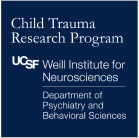Sarah, 35, is 20 weeks pregnant with her first child. Sarah is starting to experience back pain and is having trouble sleeping, but she is otherwise physically healthy. Sarah has been seeing the same OBGYN, Dr. Sara Johnson, throughout her pregnancy, and she’s now at the clinic for a routine 20-week prenatal care check-up.
What Sarah Is Thinking as the ACEs Screening Is Introduced
- I want to make sure I have a healthy pregnancy and baby.
- I am worried about managing my chronic pain as my pregnancy progresses.
- How could experiences in childhood be connected to the back pain I now feel?
Learning Objectives:
- Recognize approaches to inquiring about and validating adversity, distress and strengths in ways that support healing
- Identify words and practices within the TRIADS framework that resonate with your own approach to health care
- Practice applying the TRIADS framework
Watch & Learn
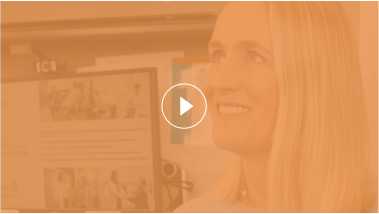
5 min
Introducing the screening
Dr. Sara Johnson introduces the ACEs screening by noting that many of us experience “overwhelming, stressful experiences when we’re younger.”
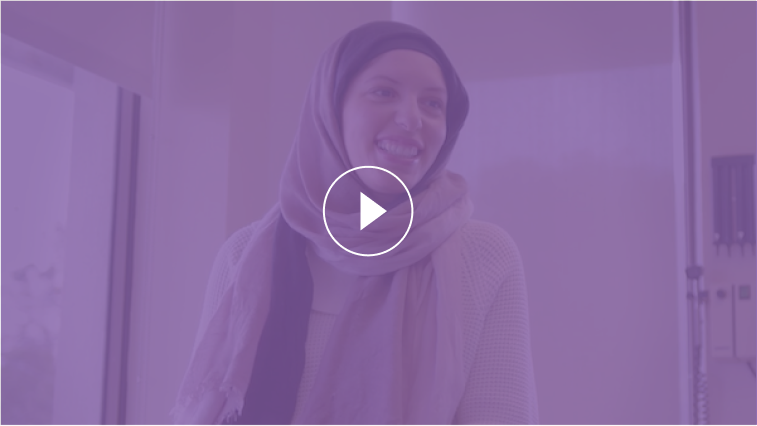
6 min
Provider Response
Sarah and Dr. Johnson together consider the roots of and possible solutions for the back tension that Sarah is now experiencing.
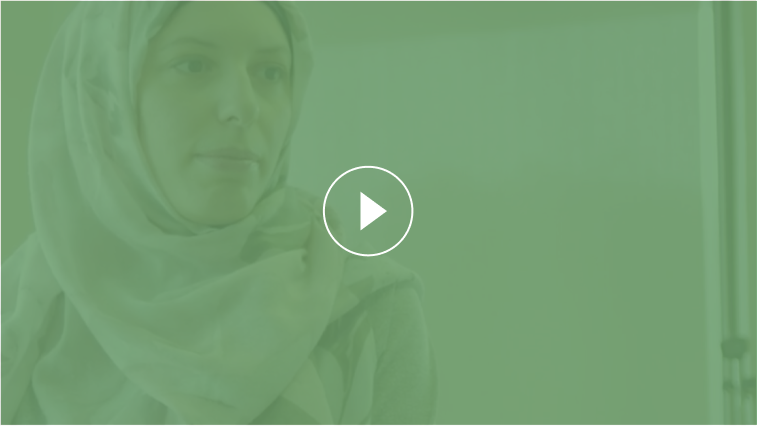
7 min
What Happens Next
In a follow-up visit, Dr. Johnson listens as Sarah expresses her concern that she may pass on stress to her baby, and Dr. Johnson offers helpful insights on the interplay between the stress and love we show our kids.
Finding Your Own Words
Below are some commonly asked questions and an example response. The aim is to help you find your own words when communicating with your patients about the ACEs screening.
Why are you asking me these questions?
Our goal in pregnancy care is to take care of the whole you. We try to address mental health, your circumstances, and your physical health, because we know that all of those things together constitute your health.”
Doesn’t everyone experience stress? Is it always harmful?
Stress is common in all of our lives. Stress helps us rise to the occasion and get things done that we need to get done. So not all stress is bad, but overwhelming, severe stress, especially when it happens in childhood, can sometimes have lasting effects on our mental and physical health.”
I just want to make sure that nothing happens to my baby…
We can’t control everything that happens, but it’s important to know that even when bad things happen, health outcomes or other outcomes aren’t inevitable. In fact, there’s a lot we can do that supports people, so that they don’t experience negative consequences or that they can handle whatever comes up.”
You’ve given me something to think about. What comes next?
These ideas [about adversity, distress, and strengths] are complex. So we can certainly address it again if you have questions that come up. This is just planting seeds for an ongoing conversation. But you can see, there’s just so many levers that we have to enhance your health.”
Reflective Practices
Self Reflection
Now that you’ve reviewed the scenario above, reflect on the questions here, either on your own or in a group setting:
- How do you think that went?
- What do you think went well and what could have been improved?
- What language could you see yourself using when conducting an ACEs screening?
- How might this scenario be different if it were in person rather than telehealth?
Mentoring Moments
After you’ve had a chance to reflect on your own, view a conversation between the health care team and Dr. Alicia Lieberman, Professor of Psychiatry at UCSF and Director of the Child Trauma Research Program.
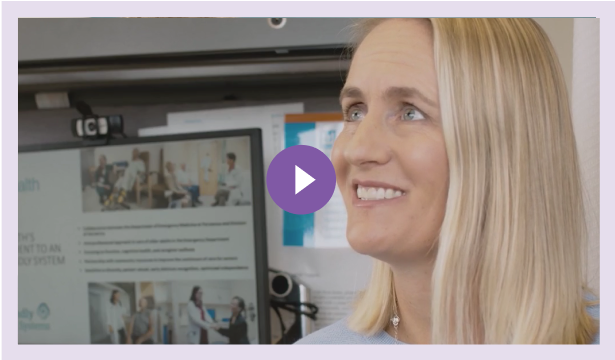
Dr. Sara Johnson and Dr. Alicia Lieberman tie the concept of relational healing to past experiences in Sara’s own life. Sara notes to Alicia that discussing ACEs with patients has been a healing journey, and not retraumatizing, for her. Underscoring the importance of addressing the clinician’s own emotional well being, Alicia observes that “relational health starts with the relationship that the medical provider has with him or herself.”
Now You Try It
Note: This is intended for all members of the health care team. Remember that we’re all learning and that there are no mistakes.
Review
- Find the words and the body language from the Watch and Learn section that feel comfortable for you and that you can envision using in your conversations with patients.
- Jot down some of the suggestions from the Reflective Practice section that were most helpful to you.
- Now take a moment and visualize yourself running through this scenario with a patient.
Practice
Remember that we’re all learning and that there are no mistakes.
- On your own or with another person, practice using the words and the body language that convey the message that you want. Alternatively, you can record a voice memo or video on your phone so that you can play it back to review. You may also get feedback from a trusted colleague or friend.
- In a group setting, pair-share or self-reflection, consider these questions:
- What came easy to you? What would take some work?
- What do you think you are doing well?
- What do you need some practice with?

